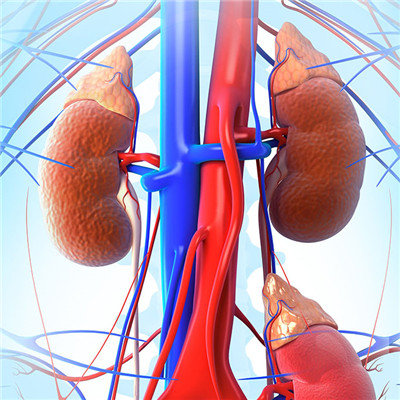How to check whether oviduct is blocked
summary
Do radiography pain can't stand, almost fainted, the doctor quickly shot once, I think the reagent has not dispersed it, the result of bilateral fallopian tube blockage, two years not pregnant bilateral fallopian tube blockage, but later slowly improved, do you want to know how to check whether the fallopian tube is blocked? Today, let me tell you how to check whether the fallopian tube is blocked.
How to check whether oviduct is blocked
First: hysterosalpingography: when the patient's condition is mild or there is no other cause of infertility, this examination is the first choice. By injecting proper amount of high specific gravity substances (such as classical agent, meglumine diatrizoate, etc.) into the uterus through the cervical tube, the cavity tube can be developed, and further observation with X-ray film can clearly show the abnormality of fallopian tube, which is a fast, economic and less dangerous examination.

Second: salpingoscopy: during the examination, a kind of rigid salpingoscopy is transported to the fallopian tube to observe the mucosa and patency of the lumen tube, and then abnormalities can be found. However, there are strict requirements on the quality of salpingoscopy, so it is not widely used at present.

Third: laparoscopy: inject methylene blue solution into the uterine cavity through the uterine catheter, and observe whether the solution can smoothly pass through the umbrella end of the fallopian tube through laparoscopy, so as to understand the degree of tubal blockage. If no methylene blue solution overflows into the abdominal cavity through the umbrella end, it indicates proximal tubal obstruction (that is, between the interstitial part and isthmus of the fallopian tube); if the umbrella end and ampulla of the fallopian tube are dilated, thickened and blue stained, it indicates distal tubal obstruction. It is the gold standard for the diagnosis of this disease, but it is only suitable for those with abnormal findings of salpingography or fluid flow.

matters needing attention
Patients with fallopian tube blockage can eat 1 to 2 eggs a day, and eggs are rich in protein, calcium, phosphorus and other elements, as well as a variety of vitamins, which can supplement the body's needs.













